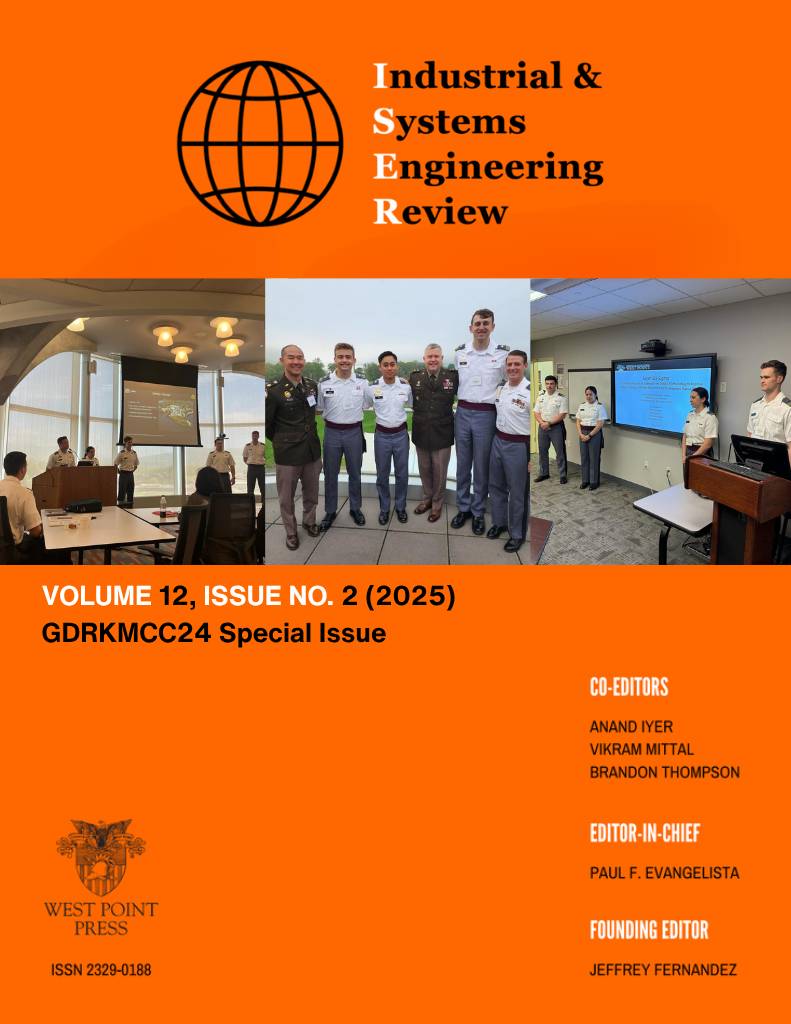Developing a Model-Based Systems Engineering Tool for Cybersecurity Risk Management of Micro-Electronic Devices
Main Article Content
Research
Model-Based Systems Engineering, Risk Analysis, Micro-Electronics, Mitigation, Optimization
Abstract
Cyber-security threats to micro-electronic components can drive significant cost into a program over its lifecycle. Cost savings can be achieved by selecting an appropriate mitigation strategy, but this requires a method for quantifying risks and countermeasures. This project developed a mathematical approach to quantify cybersecurity risk and implemented the solution in a model-based systems engineering product, called the Cyber-security Risk Assessment and Mitigation (CRAM) Tool. Users of the CRAM tool can select a set of cyber-security threats and visualize them in a 5x5 risk matrix, then explore the effectiveness of various countermeasures in reducing overall risk. The CRAM Tool produces the residual risk for a specific micro-electronic component that can be used to compare the effectiveness of threat-countermeasure combinations, allowing the user to develop a cost-effective mitigation strategy. Application of this mathematical risk quantification method and the CRAM Tool is demonstrated for hardware-trojan horse threats to a field-programmable gate array.








